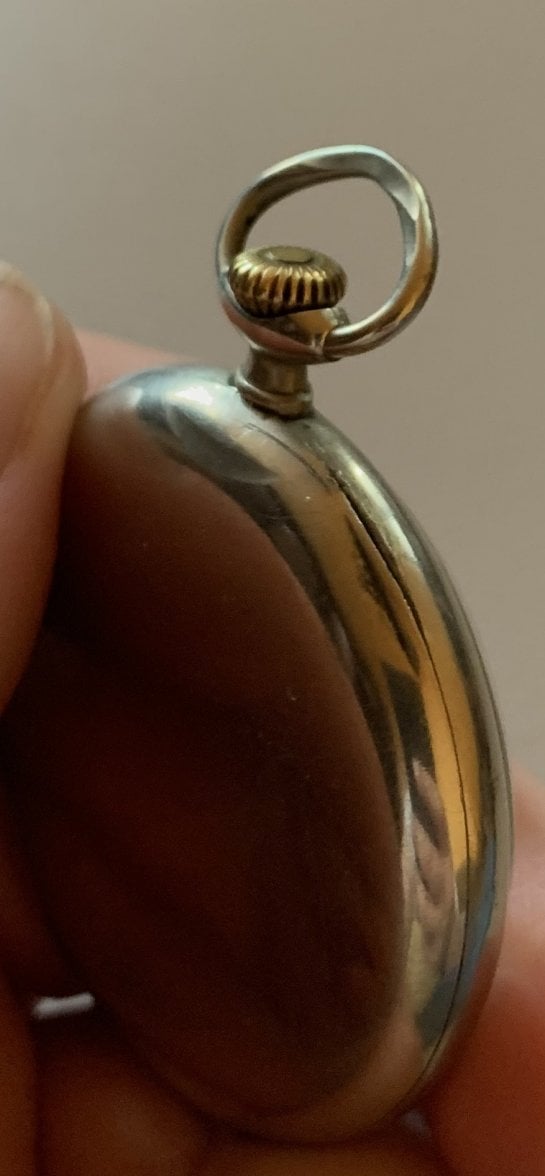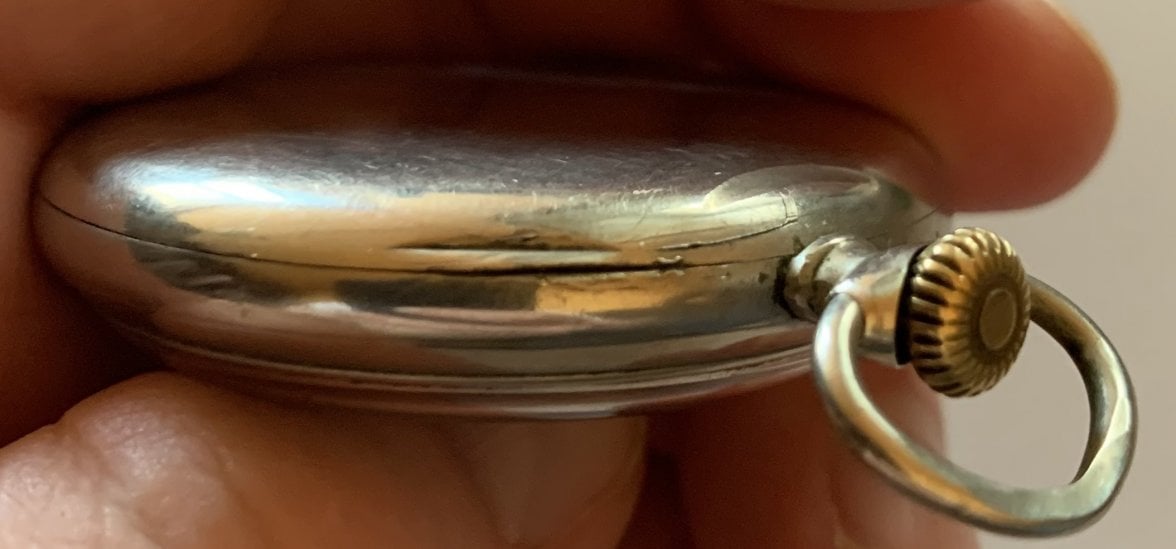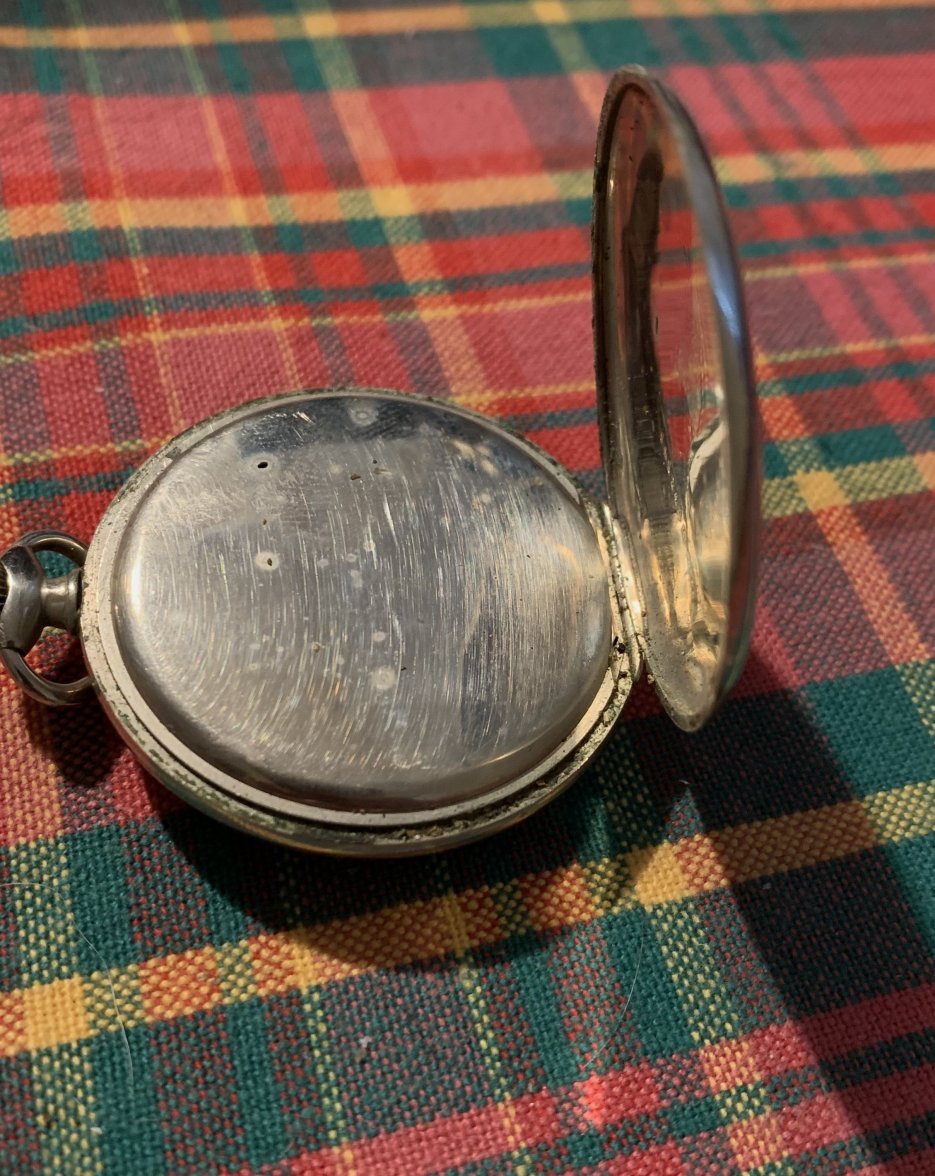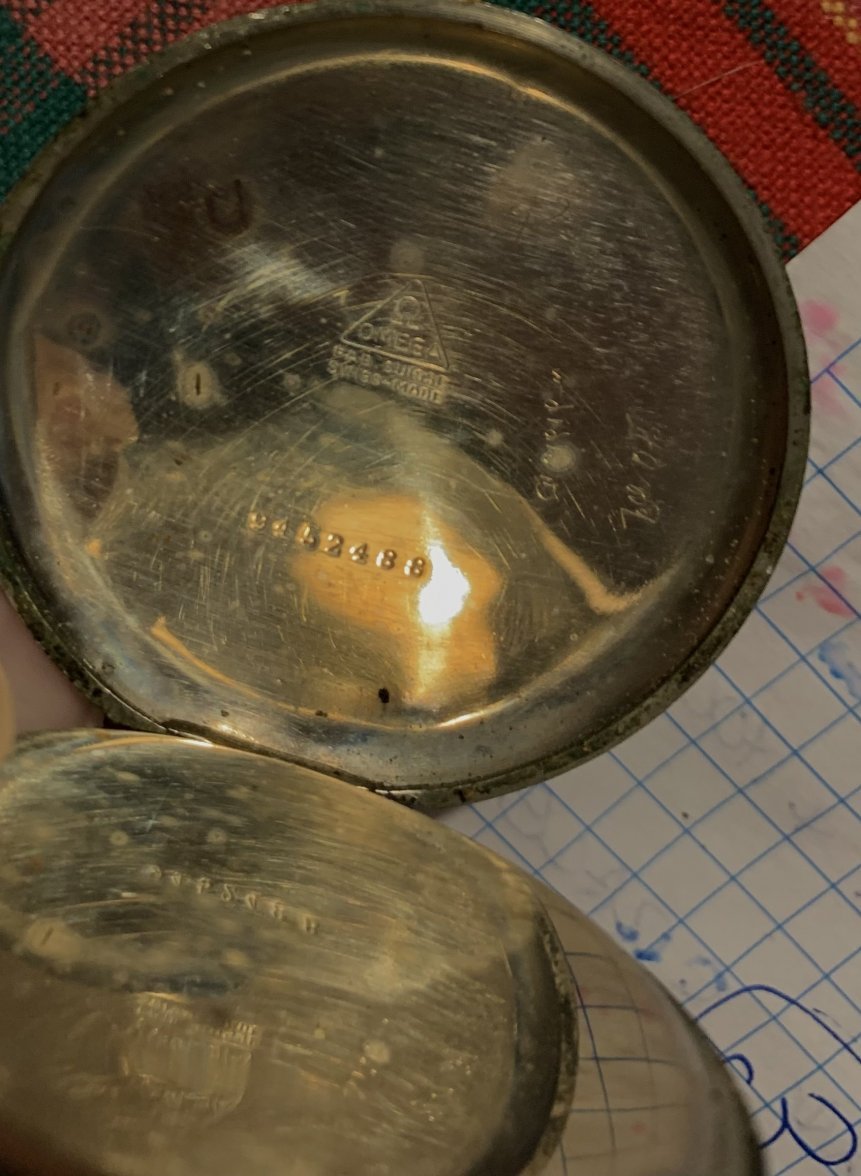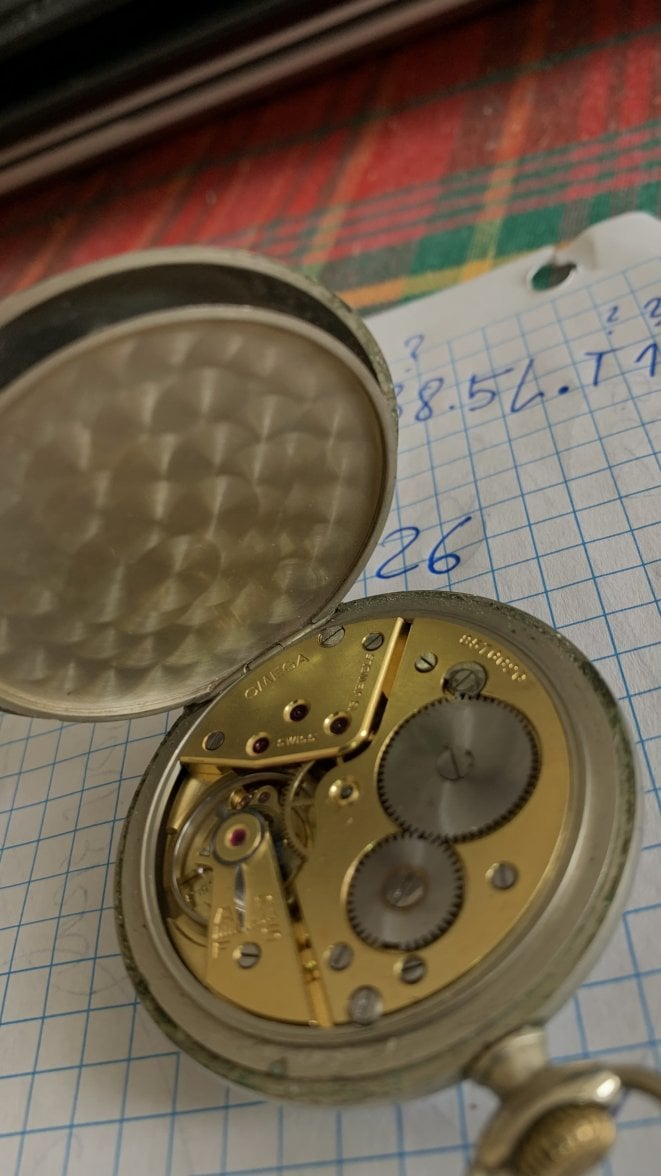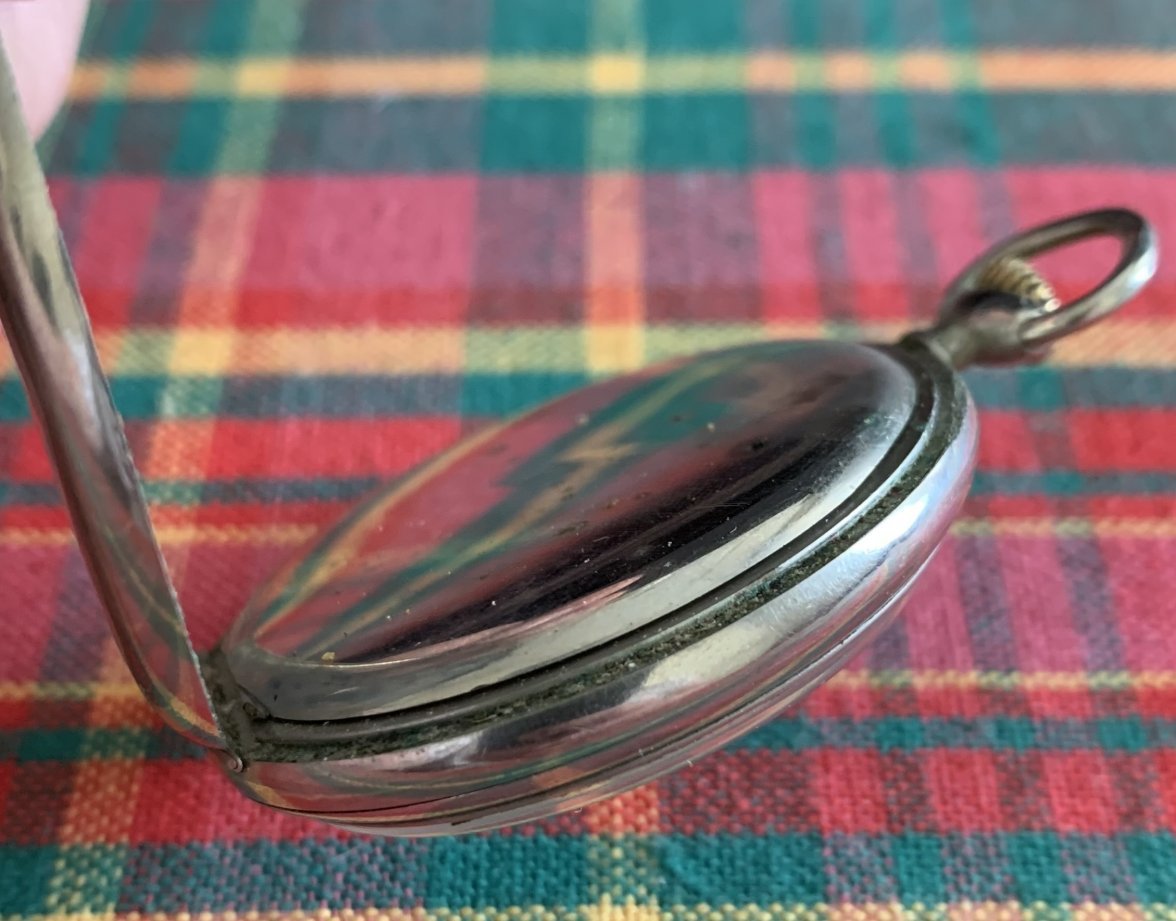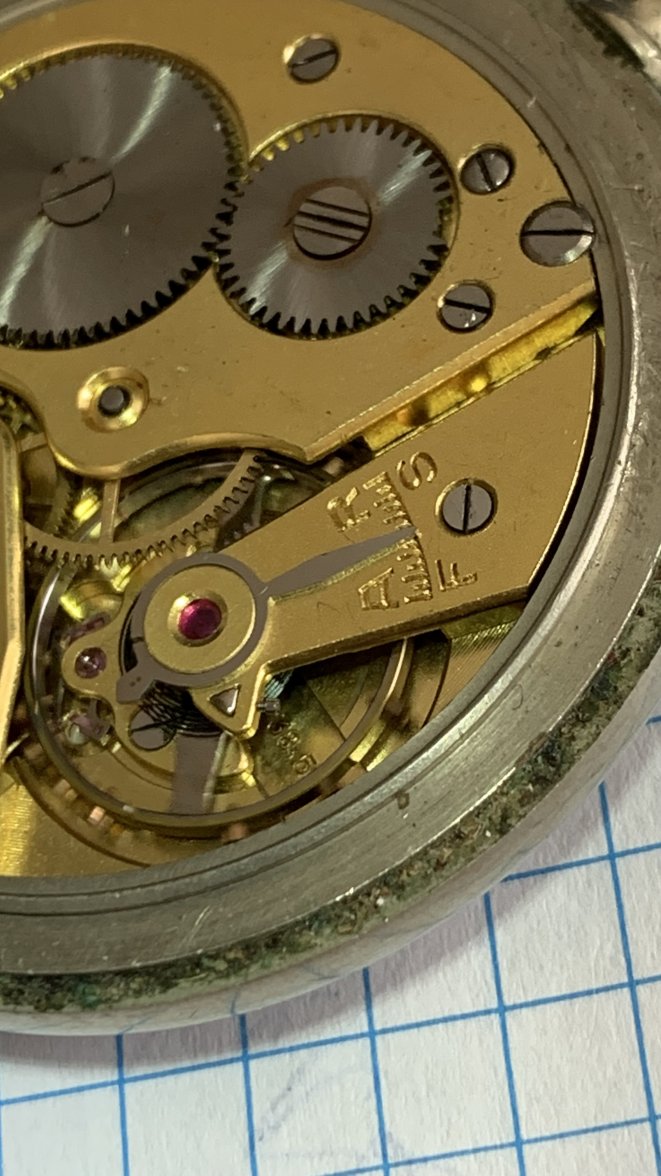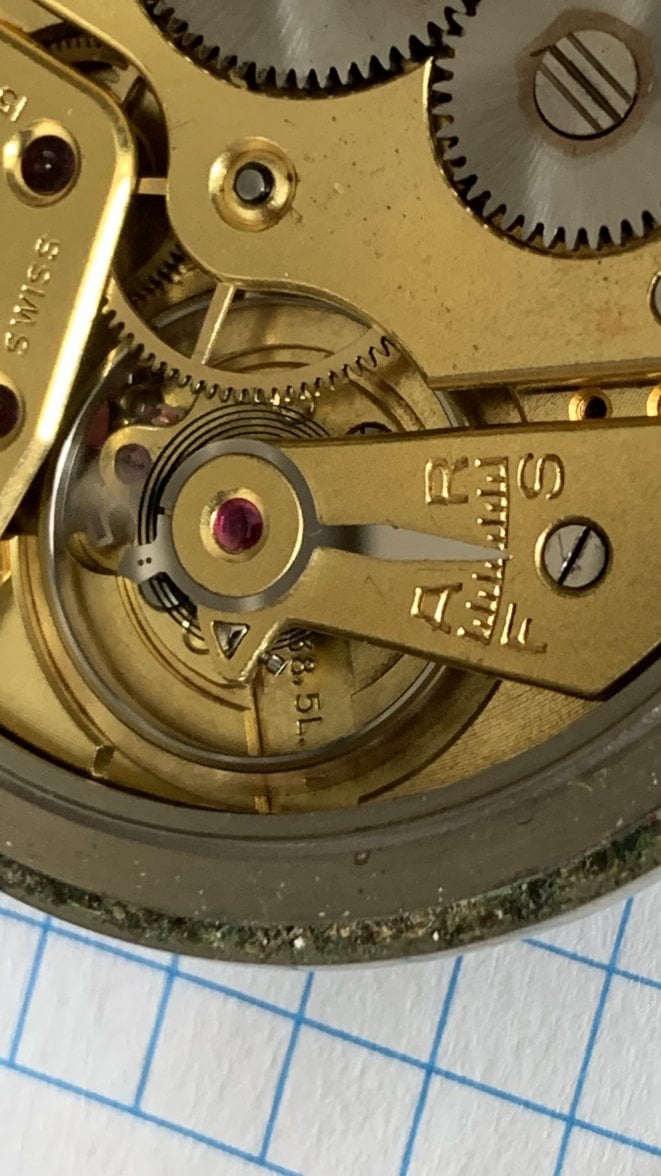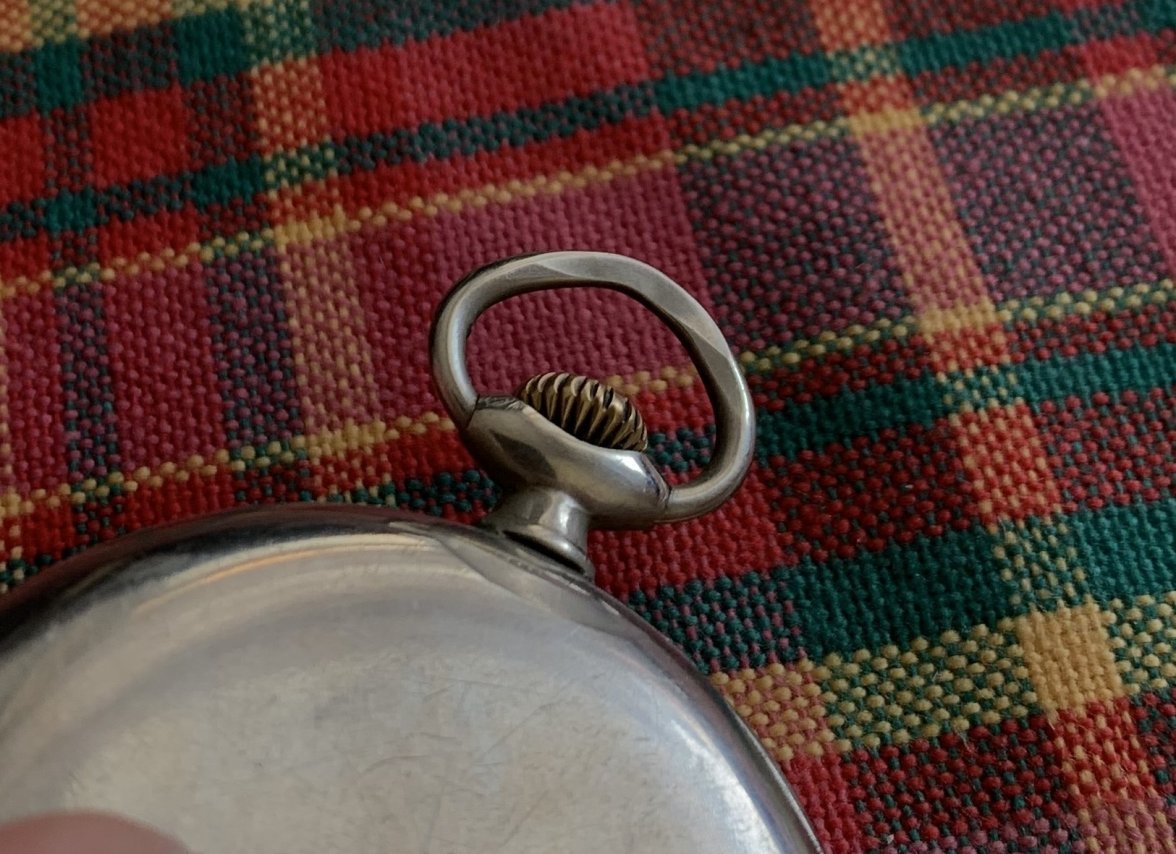- Posts
- 8
- Likes
- 0
BrN
·Hello,
I’d like to ask your help with the identification of a vintage OMEGA pocket watch. I am interested in three areas:
1 - identification of the watch.
2 - precision of the watch.
3 - any tips for a good vintage-watch repair shop (Austria would be preferred – I live in a neighbouring country).
I would greaty appreciate any tips regarding the age / type / series. I have not opened the watch as I have no tools or skills myself, and there are no antique watch-shops (with good reviews) nearby.
I inherited this watch from my grandfather 25 years ago. He probably bought them before WW2, possibly in Vienna. The watch was stored in his locker at least since 1970s, then in my desk since late 1990s.
Parameters
The dial is white-ish, the seconds dial has a nice shiny effect with small ridges. The hands are dark-blued, although this does not show well on the photos. The dimensions: diameter 47-48mm, thickness 7-8mm.
Condition
There is a light dent across the back lid – not so visible on the photos - and many common-wear scratches. The front glass has only minor scratches - although it feels more like plastic than glass. The dial is fine, the dark spots are just free-moving debree – I assume it is the broken-off coloring from the seconds dials, as some segments are partially missing.
Precision
I recently re-discovered them while moving. I kept them running for about two weeks. They gain approx. 40sec each day (sitting on a nightstand). I assume this is quite accurate considering the age.
I’d like to ask your help with the identification of a vintage OMEGA pocket watch. I am interested in three areas:
1 - identification of the watch.
2 - precision of the watch.
3 - any tips for a good vintage-watch repair shop (Austria would be preferred – I live in a neighbouring country).
I would greaty appreciate any tips regarding the age / type / series. I have not opened the watch as I have no tools or skills myself, and there are no antique watch-shops (with good reviews) nearby.
I inherited this watch from my grandfather 25 years ago. He probably bought them before WW2, possibly in Vienna. The watch was stored in his locker at least since 1970s, then in my desk since late 1990s.
Parameters
The dial is white-ish, the seconds dial has a nice shiny effect with small ridges. The hands are dark-blued, although this does not show well on the photos. The dimensions: diameter 47-48mm, thickness 7-8mm.
Condition
There is a light dent across the back lid – not so visible on the photos - and many common-wear scratches. The front glass has only minor scratches - although it feels more like plastic than glass. The dial is fine, the dark spots are just free-moving debree – I assume it is the broken-off coloring from the seconds dials, as some segments are partially missing.
Precision
I recently re-discovered them while moving. I kept them running for about two weeks. They gain approx. 40sec each day (sitting on a nightstand). I assume this is quite accurate considering the age.







